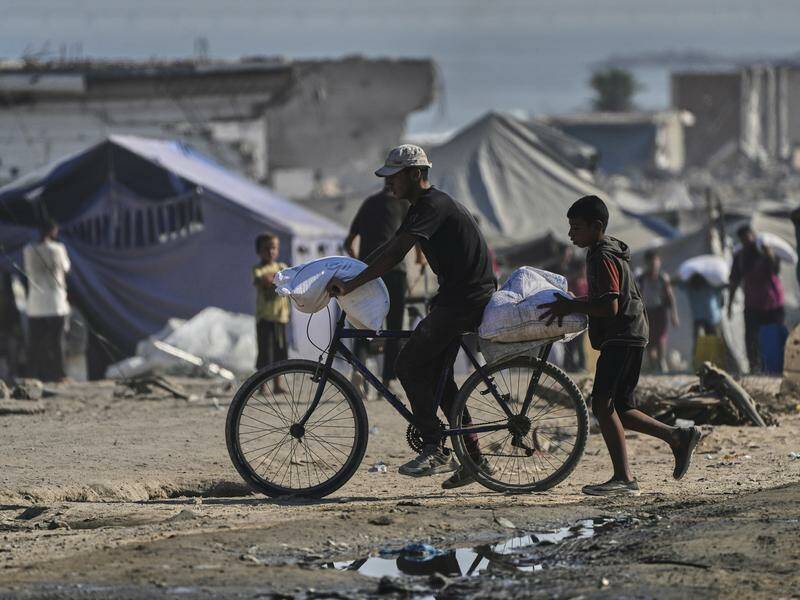
Israeli military strikes and gunfire have resulted in the deaths of at least 33 Palestinians in Gaza, with many victims being individuals seeking food or shelter. Local hospitals report that the fatalities occurred amid a severe famine impacting the region, raising fresh concerns about Israel’s ongoing military actions in the densely populated area.
The latest escalation follows a prolonged conflict that began after Hamas’s attack on October 7, 2023. The Israeli government has faced increasing pressure to address the humanitarian crisis as aid organizations warn that continued military operations and restrictions on food and medical supplies could exacerbate starvation in Gaza.
According to recent data from the Integrated Food Security Phase Classification, nearly half a million people—approximately one-fourth of Gaza’s population—are experiencing catastrophic hunger. The report indicates that famine in Gaza City is likely to spread if current conditions persist. Israel has dismissed the famine claims as “an outright lie,” stating that it has allowed sufficient aid to enter the region despite ongoing military actions.
Casualties and Humanitarian Crisis
Reports from health officials at Nasser Hospital confirm that at least 17 individuals were killed during airstrikes in southern Gaza, with over half of the victims being women and children. These strikes targeted temporary shelters for displaced families in Khan Younis. Witnesses recounted harrowing scenes of grief, including a young boy who mourned for his brother, whose body was wrapped in plastic. Hekmat Foujo, a relative of one victim, appealed for a ceasefire, expressing a desperate need for relief: “We want to rest. Have some mercy on us.”
In northern Gaza, Israeli gunfire claimed the lives of at least five individuals near the Zikim crossing, where aid convoys enter the territory. Reports indicate that eleven additional fatalities occurred from attacks in other locations throughout Gaza. The Israeli military has stated that it is investigating these incidents but claimed no knowledge of the reported strike in Khan Younis.
As thousands of people flocked to the Zikim area seeking food, many returned empty-handed. Mohamed Saada, one such individual, described the chaotic scene, where desperate families attempted to secure basic supplies amid the threat of violence. He noted, “I came here to bring food for my children but couldn’t get anything due to the huge numbers of people and the difficulty of the situation.”
International Response and Aid Efforts
The humanitarian situation has drawn international scrutiny, with multiple aid organizations warning of the dire conditions facing the population. In response to global outcry over reports of widespread malnutrition, Israel has permitted limited airdrops and new deliveries by land. Nevertheless, organizations like the United Nations and Doctors Without Borders (MSF) assert that these measures are insufficient to meet the overwhelming needs of the population.
Caroline Willemen, MSF project coordinator, highlighted the increasing number of patients seeking medical assistance in Gaza City due to the ongoing violence. She noted a significant rise in airstrikes since early August, leaving many residents in a state of uncertainty: “Those who have not moved are wondering what they should do. People want to stay; they have been displaced endlessly before, but they also know that at some point it will become very dangerous to remain.”
As the situation continues to unfold, the Israeli military has indicated that a new operation targeting Gaza City could commence within days. This development has intensified fears for the safety of hundreds of thousands of civilians already caught in the crossfire.
With ceasefire negotiations stalled as mediators await Israel’s next steps, the international community watches closely, hoping for a resolution to the ongoing crisis that has left so many in dire need.






